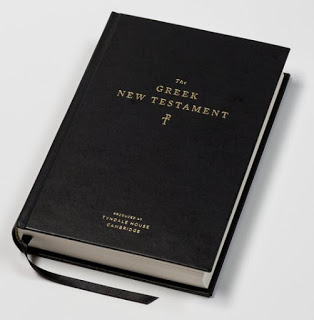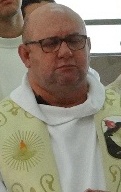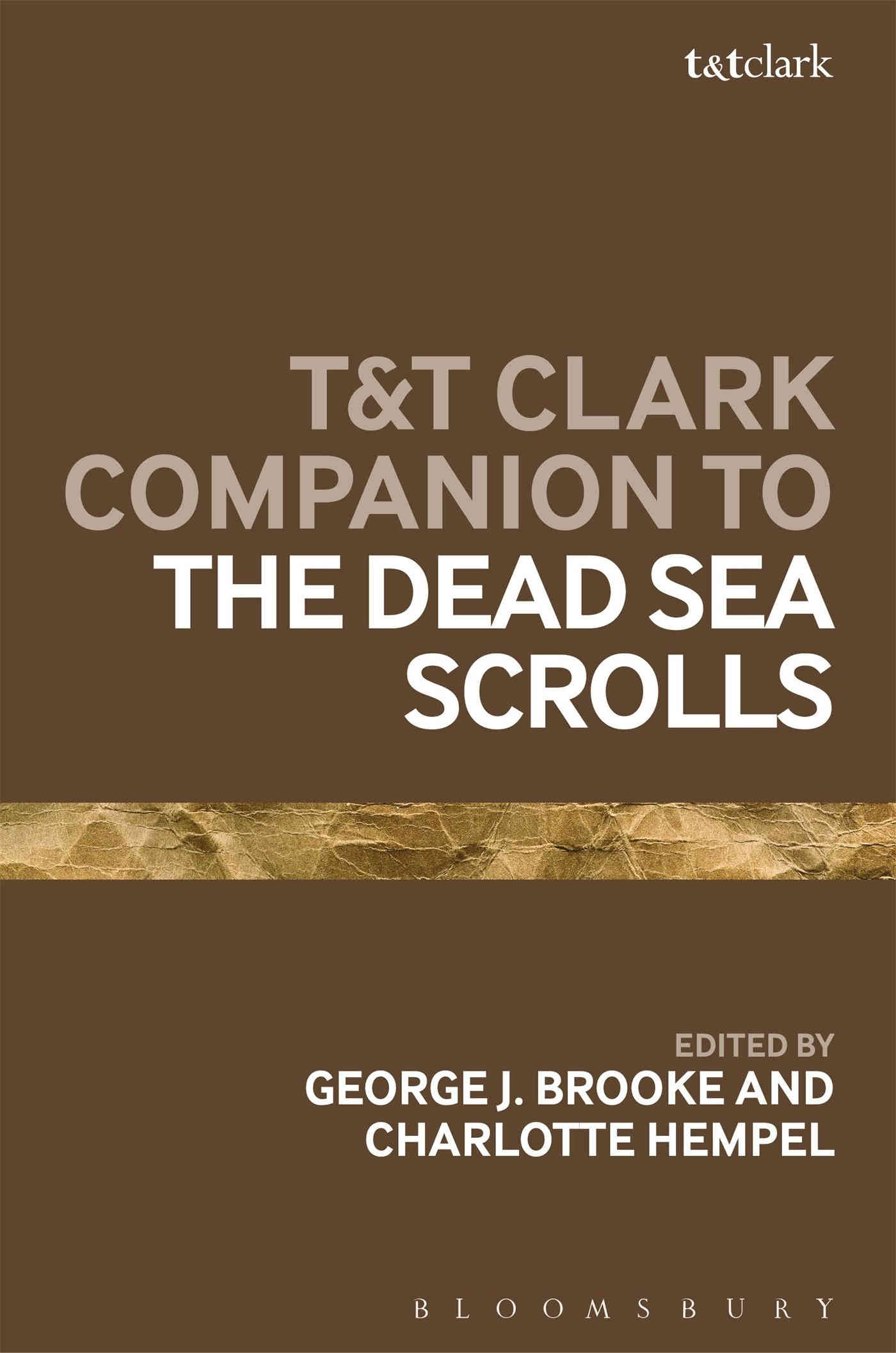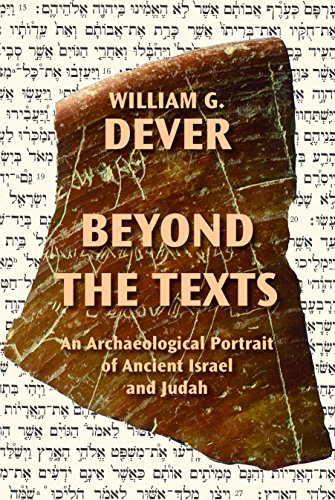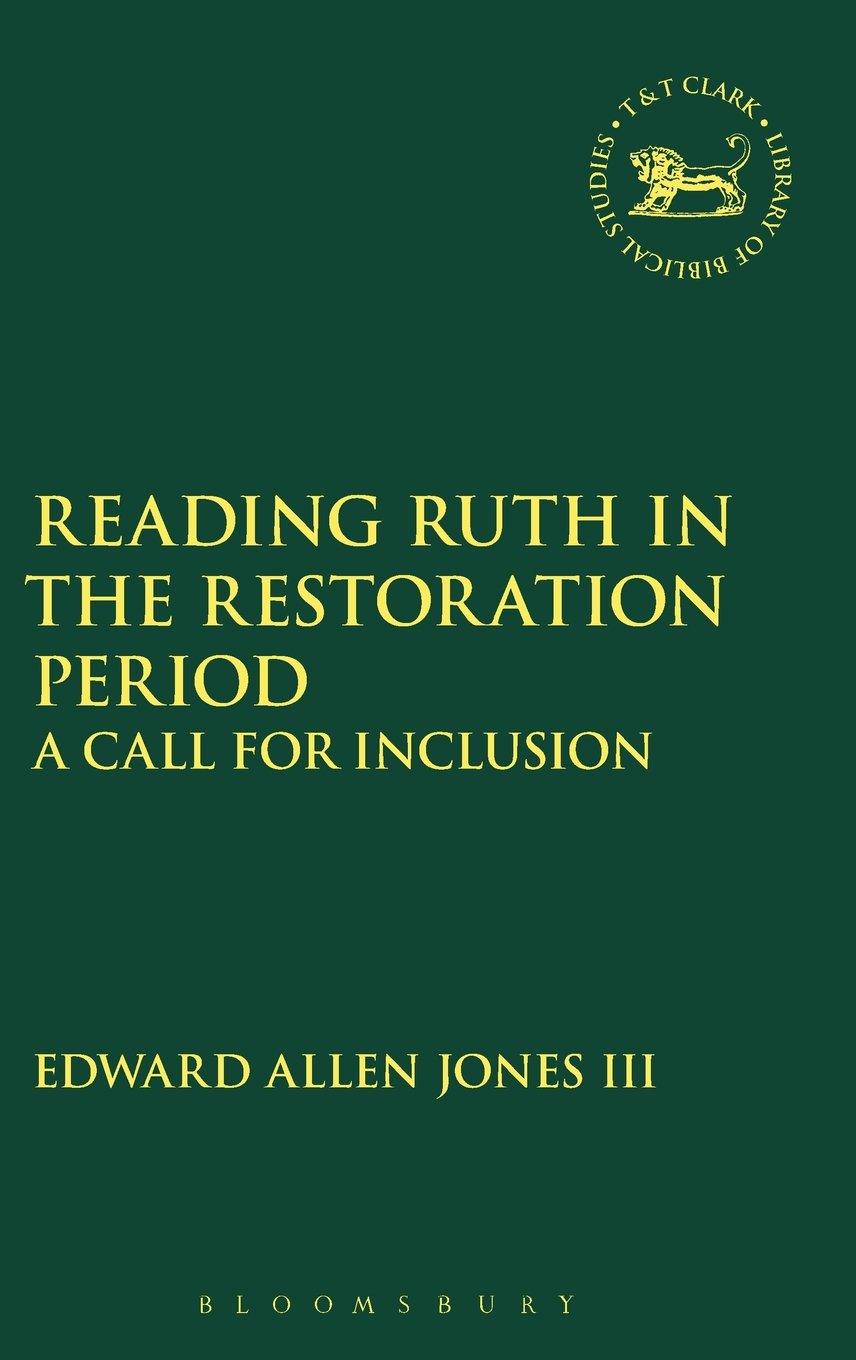O curso de hebraico continua sendo reescrito.
 airtonjo
airtonjo
Escritores de ciência
Uma lista legal para quem gosta de aprender. Confira.
The 50 Best Science Writers of All Time – OnlineCollege.org
Being a great science writer means not only being able to convey frequently complex ideas and theories: it also involves being able to write in a way that keeps readers, even those who aren’t experts in the field, engaged and wanting to learn more about the subject. It’s a delicate balance to attain, but there have been many throughout the years who’ve managed to do it, though some with more grace than others. We’ve compiled a list of some of these science writing greats that any student should check out.
. Astronomy, Cosmology and Astrophysics
Through the work of these authors, readers can explore the farthest reaches of our universe, gain a better understanding of our own solar system and grasp the rules which govern it all.
. Physics and Mathematics
Check out these authors to teach yourself about the rules of matter, motion and the particles that make up the universe as we know it.
. Biological Sciences
These authors will help students and science enthusiasts alike to learn more about how biological organisms form, grow and change over time.
. Evolution and Genetics
Here, you’ll find some of the biggest and best minds in evolutionary science and genetics who shared their thoughts and research with a wider audience.
. Zoology and Naturalism
Those who love to read about the natural world will appreciate these great science writers who focused their careers on promoting the understanding and preservation of it.
. Human Body
Through the great works of these science writers, you’ll explore the mysteries of the human body and mind.
. Multi-Topic
These gifted writers focus on different topics throughout their writing, touching on fields like evolution, technology and paleontology.
. Oldies but Goodies
If you want to take in some classic science writers, these are all excellent choices, showing you where great science writing has its roots.
Imagem multiespectral ajuda arqueologia
What Is Multispectral Imaging And How Is It Changing Archaeology And Digital Humanities Today? By Sarah Bond – Forbes: Nov 30, 2017
What is multispectral imaging and how is the technology changing the face of archaeology, art history and digital humanities today? The non-invasive digital technique is making the past visible in ways we never thought possible.
In the world of archaeology and art history, even objects that have long been known to the world are now providing new information for researchers. This is in part due to an approach called multispectral imaging (MSI). Multispectral imaging first began as bulky and expensive remote sensing equipment used by high-tech astronomy labs like those at NASA interested in planetary science and mapping mineral deposits.
Improvements to sensors and apertures have downsized MSI technology and made it more cost-efficient in recent years. Consequently, the technique has become a more regularized part of the fields of digital archaeology and art preservation as a novel means of revealing hidden materials, pigments and inks that the naked eye alone cannot decipher.
The approach detects electromagnetic infrared radiation wavelengths and melds between three and five spectral imaging bands into one optical system. As Haida Liang, a professor at Nottingham Trent University and the Head of the Imaging & Sensing for Archaeology, Art History & Conservation (ISAAC) research group has noted, MSI can take three visible images in blue, green and red and can combine them with an infrared image and an X-ray image of an object in order to reveal minute hints of pigment. It can even reveal hidden drawings, stains or writings underneath various layers of paint or grime.
In a new paper studying a Hebrew ostracon from 600 BCE, the promise of MSI is exemplified. In antiquity, ceramic pot sherds were often used as a kind of scrap paper; however, the ink used on these ceramics can often fade, blur and become illegible. Professors at Tel-Aviv University led by mathematician and imaging specialist Shira Faigenbaum-Golovin used MSI on a number of ostraca predominantly from the southern Beer Sheba Valley and Jerusalem. Most dated to the time of the Kingdom of Judah (ca. 600 BCE) and one in particular revealed an amusing if familiar request of the writer: “If there is any wine, send [quantity].”
As the Tel-Aviv University researchers noted, MSI holds the potential to help us reconstruct the past in new ways: “These examples demonstrate that at least some of the ostraca have ink traces invisible to the naked eye that are detectable by MS photography. They also indicate that in certain cases MS imaging can provide good results even decades after excavation despite overall ink deterioration.”
Recursos gratuitos para estudos bíblicos
Best Free Bible Resources: Online Sites and Downloadable Apps/Programs – Biblical Studies and Technological Tools: September 3, 2017
I have … compiled an updated and more extensive list of the free Bible resources with which I am familiar. Some of these are capable of original language Hebrew and Greek work, but they are primarily oriented to English Bibles. (Some do feature an extensive collection of non-English Bibles.) Most of them offer basic search features, and some offer a variety of supporting resources. I like those that allow for viewing texts in parallel. If you know even a little Hebrew or Greek, the ones with sympathetic highlighting (Bible Web App, Lumina Bible) are especially helpful.
Biblical Studies Carnival 142
Seleção de postagens dos biblioblogs em novembro de 2017.
The Wide-Ranging 2017 Biblical Studies Carnival and SBL Annual Meeting Edition
Trabalho feito por Jim West em seu biblioblog Zwinglius Redivivus.
Tyndale House Greek New Testament
The Greek New Testament, Produced at Tyndale House, Cambridge está disponível em STEP Bible.
Initial thoughts on the Tyndale House Greek New Testament – By Peter Gurry
Dan Wallace, Larry Hurtado, James Snapp, Todd Scacewater, and Brice Jones have all given us their first impressions on the Tyndale House Greek New Testament (THGNT) and, since I have now had some time to look over my gratis copy, I thought I would share some of mine.
Fonte: Evangelical Textual Criticism – Monday, November 13, 2017
Morreu meu colega Luiz Henrique Bugnolo
Bugnolo foi meu aluno. Era Diretor Administrativo do CEARP e Professor na Faculdade de Teologia. Sua área era o Direito Canônico.
Bugnolo nasceu em 30 de agosto de 1958 e foi ordenado em 23 de maio de 1993. Cursou Direito na UNAERP, Filosofia e Teologia no CEARP (Ribeirão Preto) e Direito Canônico na Universidade Lateranense (Roma).
Diz a nota da Arquidiocese de Ribeirão Preto:
A Arquidiocese de Ribeirão Preto comunica com pesar o falecimento do padre Luiz Henrique Bugnolo, 59 anos, pároco da paróquia São Francisco de Assis, na tarde desta segunda-feira, 20 de novembro de 2017, na residência paroquial, em Ribeirão Preto (SP). Padre Bugnolo havia passado por procedimento cirúrgico para colocação de stent no coração no final do mês de outubro e estava em processo de recuperação.
A Igreja São Francisco de Assis, na Rua São Francisco de Assis, 230, Castelo Branco Novo, estará aberta a partir das 20 horas, desta segunda-feira, (20), para momentos de oração da comunidade, no aguardo da chegada do caixão com o corpo para início do velório. A Igreja permanecerá aberta durante a madrugada para o velório.
A missa de corpo presente será presidida pelo arcebispo Dom Moacir Silva, às 8 horas da terça-feira, (21). Terminada a missa o caixão com o corpo seguirá para a paróquia Divino Espírito Santo, em Serra Azul, onde o corpo será velado. O sepultamento está marcado para as 16 horas no Cemitério Municipal de Serra Azul.
Uma introdução aos Manuscritos do Mar Morto
BROOKE, G. J. ; HEMPEL, C. T&T Clark Companion to the Dead Sea Scrolls. London: Bloomsbury, 2018, 512 p. – ISBN 9780567352057
In 30 concise articles all of the key texts and documents are examined. A section on the complex methods used in anaylzing the scrolls then follows before the focus moves to consideration of the scrolls in their various contexts; political, religious, cultural, economic, historical. The genres ascribed to groups of texts within the scrolls are examined in the next section with due attention given to both past and present scholarship. The main body of the companion then concludes with crucial issues and topics discussed by leading scholars. The book finishes with appendices and indexes giving: timelines, lists of kings, family trees of the Seleucids, Ptolemies, Hasmoneans, lists of places and scrolls, information on electronic resources and classified bibliographies. The volume is illustrated throughout with some 60 images enabling readers to consider key texts from the scrolls not only in transcription but simultaneously with photographs.
George J. Brooke is Rylands Professor of Biblical Criticism and Exegesis at the University of Manchester, UK. Charlotte Hempel is a Reader in Hebrew Bible and Second Temple Judaism at the University of Birmingham, UK.
Para além dos textos: um retrato arqueológico de Israel e Judá
DEVER, W. G. Beyond the Texts: An Archaeological Portrait of Ancient Israel and Judah. Atlanta: SBL Press, 2017, 772 p. – ISBN 9780884142188.
William G. Dever offers a welcome perspective on ancient Israel and Judah that prioritizes the archaeological remains to render history as it was — not as the biblical writers argue it should have been. Drawing from the most recent archaeological data as interpreted from a non theological point of view and supplementing that data with biblical material only when it converges with the archaeological record, Dever analyzes all the evidence at hand to provide a new history of ancient Israel and Judah that is accessible to all interested readers.
Features:
. A new approach to the history of ancient Israel
. Extensive bibliography
. More than eighty maps and illustrations
William G. Dever is Distinguished Visiting Professor at Lycoming College in Williamsport, Pennsylvania, and Professor Emeritus at the Arizona Center for Judaic Studies at the University of Arizona.
O contexto do livro de Rute
Terminei de ler Rute com o segundo ano de Teologia do CEARP ontem. Em perspectiva muito próxima à deste autor. Confira meu artigo Leitura socioantropológica do livro de Rute.
The Book of Ruth: Origin and Purpose – By E. Allen Jones III
The Bible and Interpretation – November 2017
As a last option for understanding Ruth, I would offer that Ruth does fit well when set against the background of the early post-exilic period. The literature on this time is vast and continues to grow, but it is safe to say that the small community in Judea in the late 500s to early 400s B.C.E. conflicted over various societal issues, one of which was how they should define the boundaries of their community. The prophet Zechariah believed that Jerusalem would throng with foreigners who would count as Yhwh’s people (Zech 2:15[EV 11]), but other persons from the Ezra-Nehemiah narrative feel that foreigners have no part in the community (Ezra 4:1-3; 9:1-4; Neh 13:1-3). This is not to say that Ruth reacts directly to the Ezra-Nehemiah text, nor should we read Ezra-Nehemiah uncritically as plain history, but it is reasonable to hold that community cohesion and in-group/out-group questions were live topics at the time. Within this debate, we can see how Ruth provides a counterfactual to a certain exclusivist perspective toward outsiders. The text is not so bold as to claim that all non-Israelites/Judeans should count as people of Yhwh, but it does demonstrate that there are cases where a foreigner can reasonably measure up to the standard of a true Israelite.
ALLEN JONES III, E. Reading Ruth in the Restoration Period: A Call for Inclusion. London: Bloomsburry T&T Clark, 2016, 224 p. – ISBN 9780567658449.
Most scholars of the Hebrew Bible/Old Testament recognize Ruth’s simplicity and beauty, yet there has been little consensus in critical scholarship related to the book’s origin and purpose. Opinions on the text’s date range from the early monarchic period down to the Post-Exilic period, and interpreters argue over whether the narrative served to whitewash David’s lineage, or if it held Ruth out as a positive example of Gentile inclusion in the Judean community. With an eclectic approach drawing on traditional exegesis, analysis of inner-biblical allusions, comparisons of legal and linguistic data, and modern refugee research, Edward Allen Jones III argues that Ruth is, indeed, best understood as a call for an inclusive attitude toward any Jew or Gentile who desired to join the Judean community in the early Post-Exilic period. Within the narrative’s world, only Boaz welcomes Ruth into the Bethlehemite community, yet the text’s re-use of other biblical narratives makes it clear that Ruth stands on par with Israel’s great matriarchs. Though certain segments of the Judean community sought to purify their nation by expelling foreign elements in the Restoration period, Yhwh’s loving-kindness in Ruth’s life demonstrates his willingness to use any person to build up his people.
